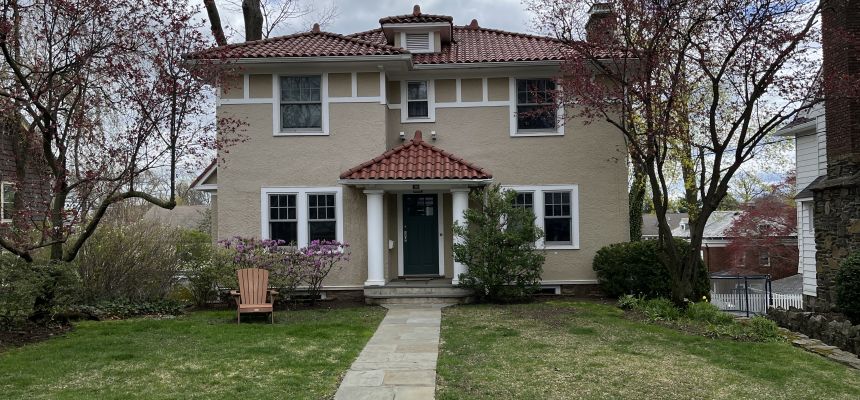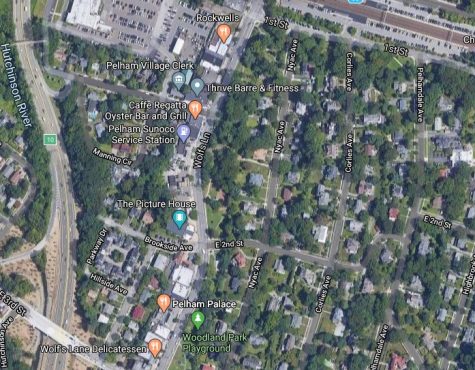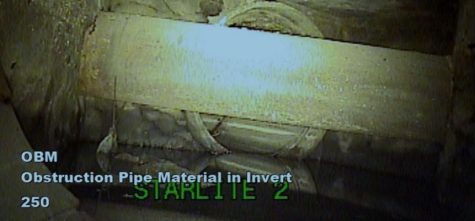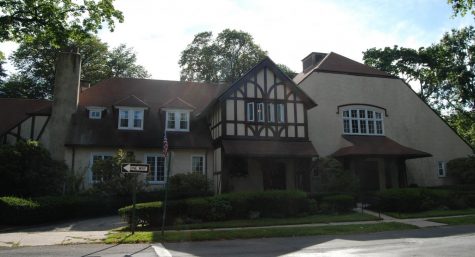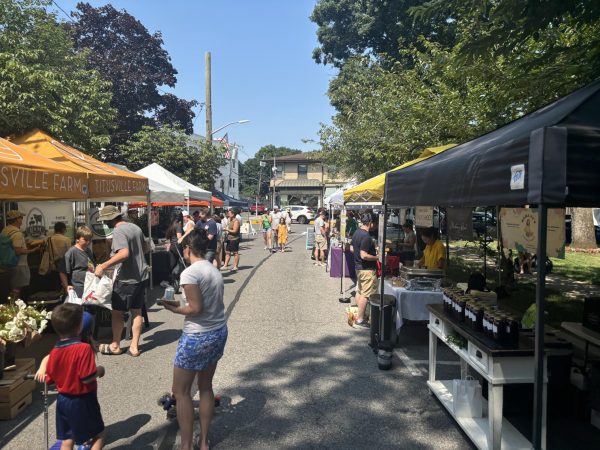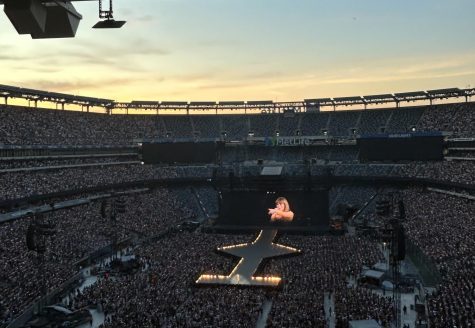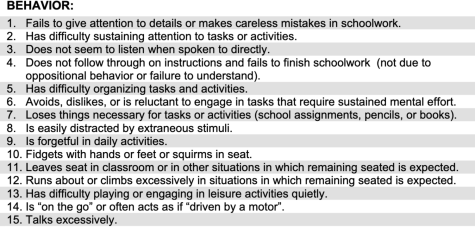An assessment: property tax myths and misunderstandings
There is tremendous confusion in the community about the assessment process and how property assessments impact taxes. Inevitably and invariably, I find there to be a misperception that the assessor is somehow in an adversarial role with property owners, or that the Town of Pelham has something to gain by raising assessments. This is the furthest thing from the truth. I grew up in Pelham, have lived and worked here for 56 years and have nothing but love for this town. The last thing I want is hard feelings, with anyone. As a result, I am reaching out to the community, in the hopes that I can dispel many of the misunderstandings.
This is a lengthy and comprehensive discussion of assessments and taxes. You may be hearing some of these things for the first time and some of the subject matter is admittedly confusing. Nevertheless, I hope you will find this article valuable. I also hope you will save it, print it out and tuck it away for future reference. And now, let’s talk about the four biggest property tax myths and misunderstandings.
Myth 1: Assessors Determine Property Taxes
Property taxes are set by school boards, town councils, village boards and county legislatures, not by assessors. For example, the Pelham school board determines the total amount of taxes it needs to collect, and then divides that number by the total taxable assessed value of all the properties in Pelham to determine the school tax rate.
Your share of those school taxes is then calculated by taking your assessed value, dividing by 1,000, and multiplying by that tax rate (minus exemptions, such as STAR). Don’t worry, I will explain this formula in greater detail later in this article.
Assessors don’t determine taxes; they are responsible for determining your property’s assessed value. The assessor estimates your property’s market value (the price it would sell for in the real estate market), with the goal being that a home with a market value of $1.2 million should have an assessed value of $1.2 million.
The assessor also performs other functions, such as processing exemption applications and keeping track of the local real estate market, but the assessor does not set your tax rate.
Your property’s assessed value is determined by looking at sales of similar properties. These sales are pulled from the valuation period (which occurs during the previous year). Yes, this is confusing, and yes, there is a lag between valuation, the assessment and your taxes. But please don’t blame Pelham for the confusion—this is New York State property tax law. The easiest way to explain is like this: 2021 sales are used to determine your 2022 assessment, which is used to calculate your fair share of 2023 taxes.
Myth 2: Taxes Are High Because of Assessments
It is important to distinguish between taxes and assessments. For example, if you feel your school or village taxes are too high, you should address that with the school or village board, as they are the ones that set the tax levies and tax rates.
If on the other hand, you feel that your assessment is too high, your first step should be to ask yourself “what would my property sell for?” If it could sell for the assessed value, then that’s a good indicator that the assessment is actually appropriate. One way to do this is to look at the sale prices of similar properties in similar neighborhoods.
Keep in mind, just because two homes have the same style, square footage, number of beds, baths, etc., that doesn’t mean they are similar. Condition and quality are huge influencers of market value. We’ve all seen the reality shows about flipping properties, where a contractor buys a home for $500,000, renovates it, then sells that same home for more than $1 million. It may have the same style, number of beds, baths, etc., but how can it be considered similar if it sells for twice what it sold for three months prior?
Myth 3: The Higher My Assessment, the More Money the School, Village, Town Collects
This might be the biggest myth of all. And it’s really a shame that this is the perception, because it’s demonstrably untrue.
As explained above, each year the school/village/town boards determine the total amount of taxes they need to collect in order to provide the services that they provide. This is done entirely independent of assessment information. Your assessment is only used after budgets are already passed, to determine your fair share of those taxes.
To understand this, let’s say hypothetically that the real estate market doubled and every assessment was doubled—your taxes would not increase, and the school/village/town would not collect a dollar more in taxes.
Similarly, if the market sank 50% and every assessment was reduced 50%—your taxes would not decrease, and the school/village/town would not collect a dollar less in taxes.
When I explain this, people often say it’s impossible, and that I’m trying to trick them. But it’s true. And it’s basic math…
A simple example: Let’s say you own one of only two properties in Pelham, and both properties are assessed at $1 million. The total assessed value of the two properties in Pelham is, therefore, $2 million. And since your property is 50% of the assessed value of the whole town, then you are responsible for 50% of the school taxes. So, if the school district needs to collect $20,000 in taxes: your share of the taxes would be 50% of that, or $10,000.
Now let’s double the assessment of both properties and see what the tax implications are:
- Your assessment is now $2 million, and your neighbor’s assessment is also $2 million.
- The total of all assessments in Pelham is now $4 million.
- Your property is still 50% of the total assessed value of the whole town, so…
- You are still responsible for 50% of the $20,000 in school taxes, or $10,000.
- The school will still collect the same $20,000 in taxes.
Now let’s cut the assessment of both properties in half and see what the tax implications are:
- Your assessment is now $500,000, and your neighbor’s assessment is also $500,000.
- The total of all assessments in Pelham is now $1 million.
- Your property is still 50% of the total assessed value of the whole town, so…
- You are still responsible for 50% of the $20,000 in school taxes, or $10,000.
- The school will still collect the same $20,000 in taxes.
A real-world example: Many of you have lived here long enough to remember the housing market crash of 2009. After the crash, assessments dropped drastically for four straight years (about 4% to 9% per year). But taxes still increased every single year. The taxes obviously didn’t go up because of falling assessments—they increased every year because the costs to run the schools and villages also went up, every single year. The falling assessments had literally zero impact on taxes.
Myth 4: Tax Rates Are Good Indicators of Tax Increases
When looking at tax bills, the tendency is to compare tax rates from the previous year with tax rates for the current year. Tax rates are not accurate indicators of how much is being collected in taxes. The important thing is the tax levy. What is a levy? The levy is the amount of property taxes that needs to be collected to pay for the budget.
Tax rates are misleading, as they’re based on a formula using the combined assessments of the entire taxing jurisdiction. They are in essence, a plug number. To understand, let’s look back at the examples described in Myth 3:
A simple example: We had said the total assessed value of Pelham was $2 million, and the school needed to collect $20,000 in taxes. That would make the tax rate $10 per thousand dollars of assessed value. The formula goes like this: $20,000 divided by $2 million, multiplied by 1,000 = $10 tax rate.
We had also said your property was assessed for $1 million. So, your taxes are $10,000, using the following formula: $1 million divided by 1,000, multiplied by $10 tax rate = $10,000
Now let’s double the assessments and see what happens to the tax rate:
- Your assessment doubles to $2 million and your neighbor’s doubles to $2 million.
- The value of Pelham now also doubles to $4 million.
- The school still needs to collect $20,000 in taxes, so we use the formula to get a tax rate:
- $20,000 divided by $4 million, multiplied by 1,000 now gives us a $5 tax rate.
- However, you still pay $10,000 in taxes even though the tax rate dropped from $10 to $5, because…
- $2 million divided by 1,000, multiplied by $5 tax rate = $10,000.
- And the school still collects the same $20,000 in taxes ($10,000 from you and $10,000 from your neighbor).
Now, let’s cut the assessments in half and see what happens to the tax rate:
- Your assessment decreases 50% to $500,000, and your neighbor’s decreases 50% to $500,000.
- The value of Pelham now also decreased 50% to $1 million.
- The school still needs to collect $20,000 in taxes, so we use the formula to get a tax rate:
- $20,000 divided by $1 million, multiplied by 1,000, now gives us a $20 tax rate.
- However, you still pay $10,000 in taxes even though the tax rate increased from $10 to $20, because…
- $500,000 divided by 1,000, multiplied by $20 tax rate = $10,000.
- And the school still collects the same $20,000 in taxes ($10,000 from you and $10,000 from your neighbor).
A real-world example: Remember those four years after the market crash of 2009? The ones that I talked about above, where assessments dropped drastically every year? Do you remember what happened to the tax rates in those years? They went up every single year, similar to what I described in the examples above. Afterwards, the market values and corresponding assessments began increasing again, and correspondingly the tax rates began to drop again.
Remember this. If budgets and tax levies remain unchanged from one year to the next, then in every single case:
- When market values and assessments go up 10%, then the tax rates will go down 10%, and
- When market values and assessments go down 10%, then the tax rates will go up 10%
- And in both instances, you will pay the exact same in taxes. That’s not a myth… that’s a fact.
This is why I previously referred to the tax rate as being a plug number. Tax rates are misleading. They don’t determine your taxes. The budgets and levies are what determine your taxes.
Full disclosure: your property may change in value differently than the rest of the town due to permits, improvements of some kind, possible damage or any number of other unusual situations. That does happen, and it will of course impact your share of the tax burden. But that’s how the state property tax laws work. It’s understood that if your home is worth more than your neighbors’, then you will pay more in taxes than your neighbors. And if it’s worth less, then you will pay less in taxes. We’re all familiar with the phrase “paying your fair share.” Well, your assessment is used to determine your fair share of taxes. That’s all it’s for. Full stop.
But if the value of your property increases or decreases in line with the rest of the community, and you want to know how much your taxes are going to increase, then don’t look to the assessment. If you’ve been paying attention to anything I’ve said so far, then you know that the assessment will not provide the answer. If you want to know if the school, village or town are collecting more in taxes, then the place to look is at the various budgets and levies. So, if the school levy goes up about 3%, then you can expect that your school taxes will go up about 3%… even if your assessment decreases.
In conclusion, I hope you enjoyed this deep dive into property taxes. It’s confusing. Trust me, I know. But if you read it through a few times, I think you’ll really gain some invaluable knowledge.
Also, please be advised, I will soon be following up this article with a related one explaining the grievance process, and the unintended consequences of filing those grievances. Like you, I’ve seen those solicitation letters from supposed “tax experts,” promising many things and telling you it’s all risk free. Well trust me, it’s not risk free, not for you and not for your neighbors, and you’ll want to read all about it. Until then…
Joe Battaglia is assessor for the Town of Pelham.



